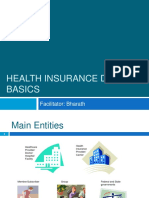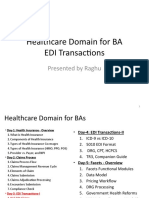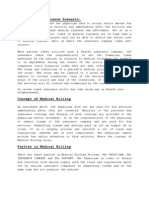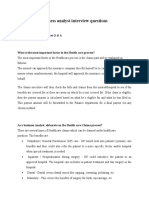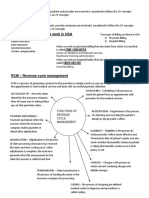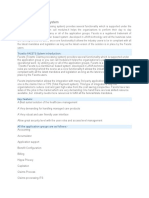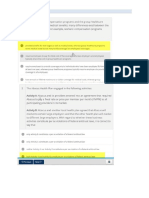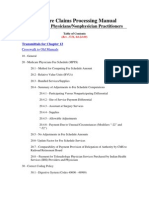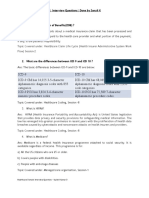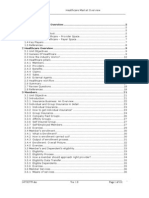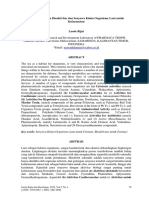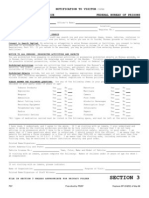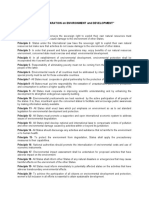100% found this document useful (1 vote)
1K views13 pagesHealthcare Notes
The document discusses key concepts in the healthcare domain. It defines important terms like health insurance, providers, payers, and the National Provider Identifier (NPI). It also describes healthcare systems, HIPAA transactions, and common personas like insurers, policyholders, providers, and TPAs. The document outlines various types of commercial health plans and terms related to coverage, payments, and coordination of benefits.
Uploaded by
Priyal GargCopyright
© © All Rights Reserved
We take content rights seriously. If you suspect this is your content, claim it here.
Available Formats
Download as PDF, TXT or read online on Scribd
100% found this document useful (1 vote)
1K views13 pagesHealthcare Notes
The document discusses key concepts in the healthcare domain. It defines important terms like health insurance, providers, payers, and the National Provider Identifier (NPI). It also describes healthcare systems, HIPAA transactions, and common personas like insurers, policyholders, providers, and TPAs. The document outlines various types of commercial health plans and terms related to coverage, payments, and coordination of benefits.
Uploaded by
Priyal GargCopyright
© © All Rights Reserved
We take content rights seriously. If you suspect this is your content, claim it here.
Available Formats
Download as PDF, TXT or read online on Scribd
/ 13





